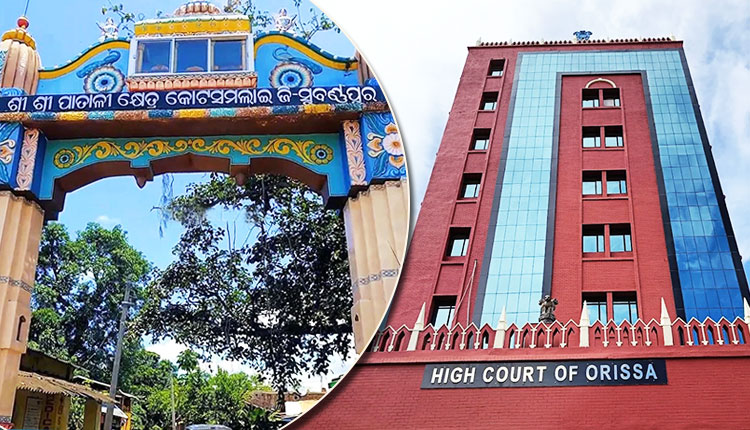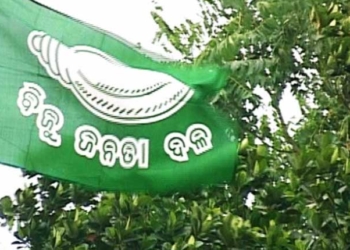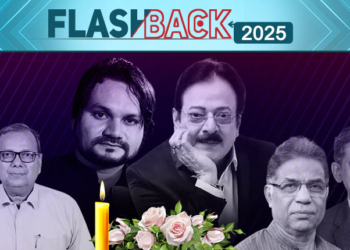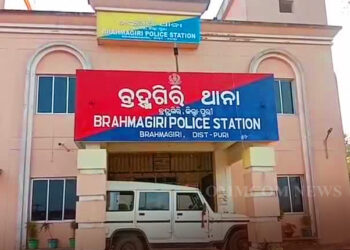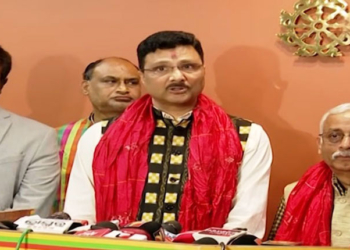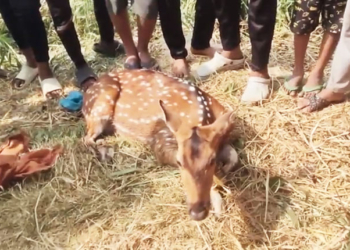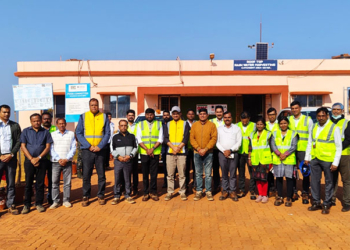Cuttack: The controversy surrounding the existence of Patali Srikhetra in Sonepur district has taken a legal turn, with the Orissa High Court now seized of the matter.
The dispute erupted after the Archaeological Survey of India (ASI) submitted a report in November 2024, declaring that no archaeological evidence was found at Baghpali and Kotsamalai—the two sites long believed to have sheltered Lord Jagannath, Balabhadra, and Devi Subhadra during a historical episode of concealment.
The ASI’s expert committee, led by former director A.K. Patel, conducted field inspections, examined caves at Trikut Hill, and carried out scientific tests before concluding that no archaeological traces or structural remnants supported the claims of Patali Srikhetra’s existence at these locations.
The findings were later endorsed by the Odisha State Archaeology Superintendent’s office in an affidavit filed before the court, further intensifying the controversy.
Challenging the report, a group of petitioners from Ulunda, led by Sanatana Danayak, argued that the ASI’s conclusions undermined centuries-old traditions and hurt religious sentiments. They contended that mythological texts, Vedas, and Puranas contain references to Patali Srikhetra and demanded a reinvestigation to reconcile faith with evidence.
Hearing the matter, a division bench of Justice K.R. Mohapatra and Justice Sabitri Rath directed that the Endowment Commissioner present the department’s position on the issue. The bench also ordered that a copy of the petition be provided to the Endowment Commissioner’s counsel. The case is set to be heard again on October 15.
Patali Srikhetra, nestled amid the caves and forests of Baghpali and Kotsamalai, has for generations been revered as a site where Lord Jagannath and his siblings resided in a subterranean form.
The ASI’s report, however, has cast a shadow over this long-cherished belief, sparking debate between faith, history, and scientific evidence.




